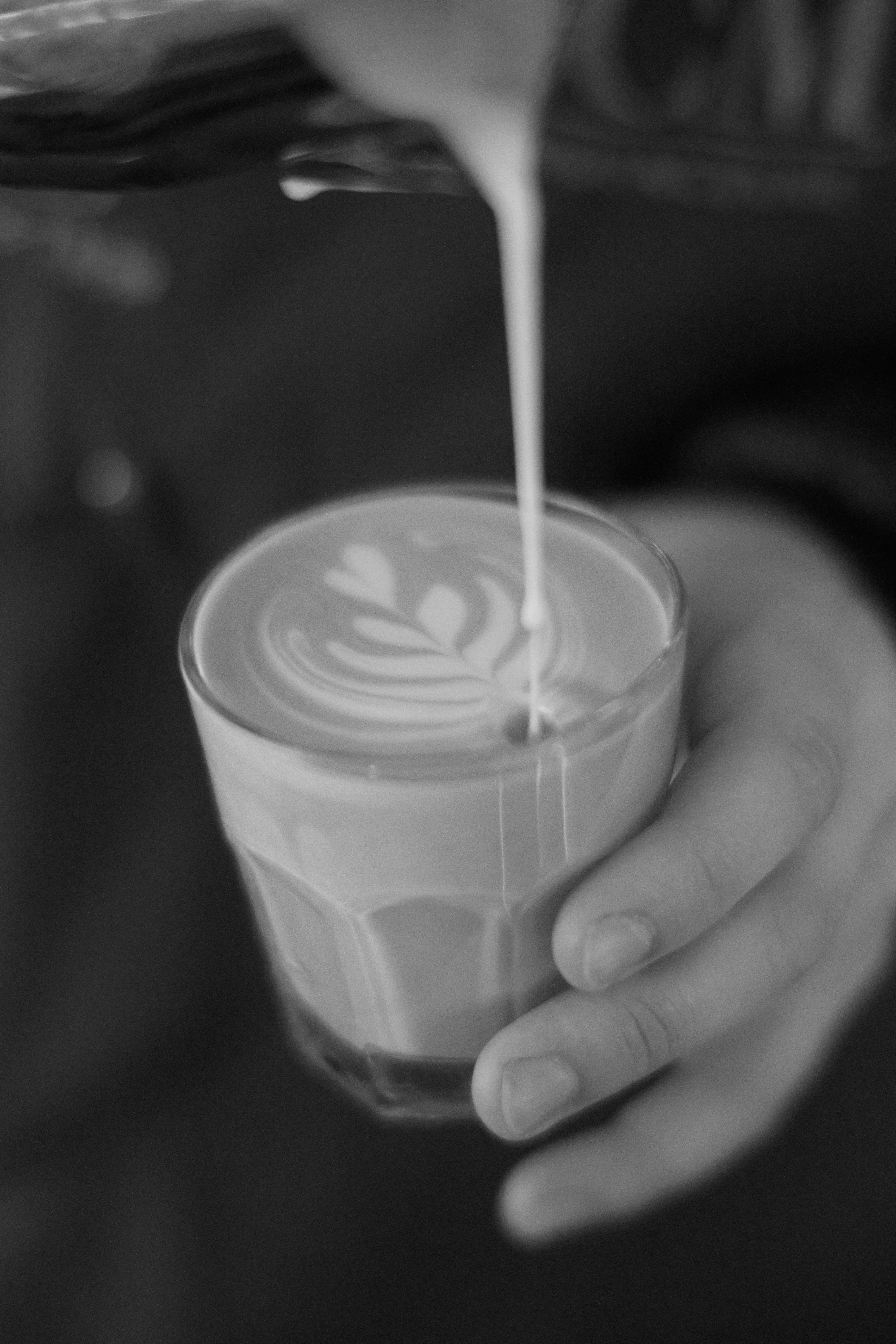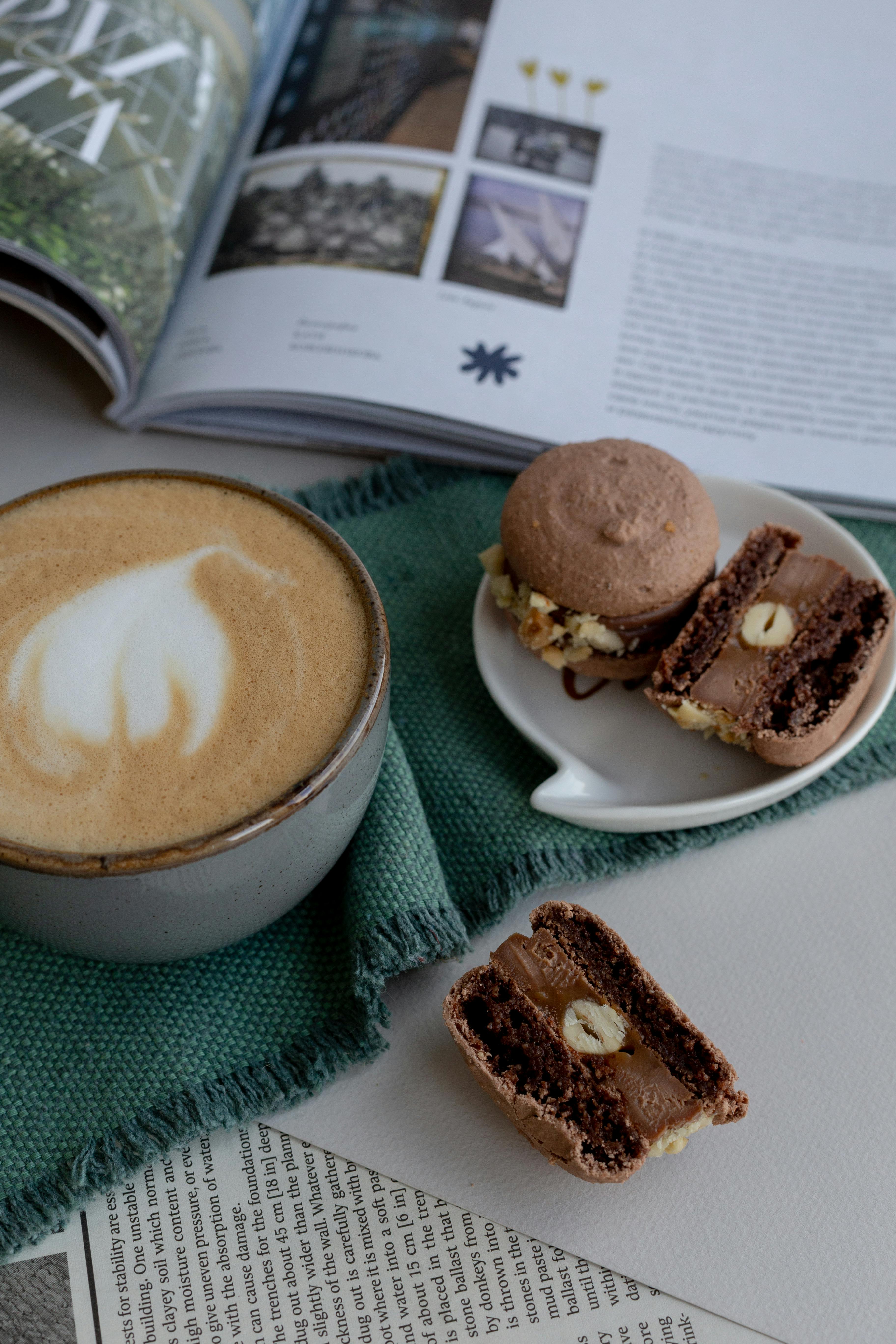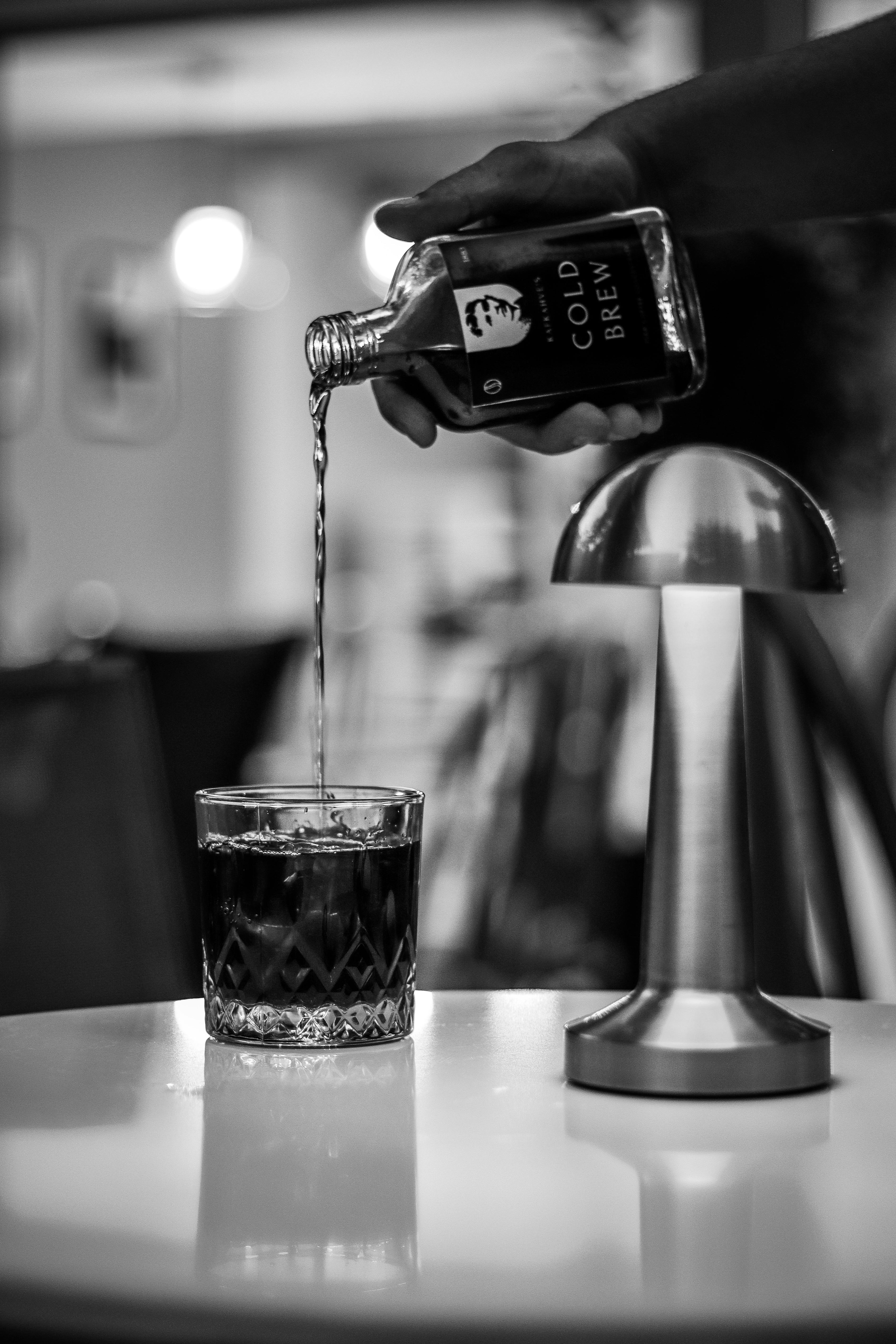Imagine a crisp morning, the sun just starting to peek through the clouds, and you’re craving a rich, smooth cup of coffee to kickstart your day. But, have you ever heard of Dutch Coffee? It’s not your average cup of joe. Dutch Coffee, also known as cold brew, is the latest coffee trend that has been taking the world by storm. Made by steeping coffee grounds in cold water for an extended period of time, this method creates a uniquely bold, yet low-acid coffee concentrate that can be enjoyed hot or cold. In this article, we’ll explore the process behind Dutch Coffee and why it has become a beloved choice for coffee aficionados everywhere. Get ready to savor a whole new level of coffee experience!
What Is Dutch Coffee
Dutch Coffee, also known as Dutch Cold Drip or Dutch Ice Coffee, is a unique and flavorful method of brewing coffee that originates from the Netherlands. It involves a slow and gentle extraction process, which results in a smooth and full-bodied coffee with a subtle sweetness.

Definition of Dutch Coffee
Dutch Coffee is a style of brewing coffee that uses a slow drip method to extract the flavors from ground coffee beans. This method involves slowly dripping cold water over a bed of coffee grounds, allowing the water to gradually dissolve the flavors and aromas of the beans. The coffee is then collected in a separate container, ready to be enjoyed. The slow extraction process of Dutch Coffee results in a rich and concentrated brew.
Origin of Dutch Coffee
Dutch Coffee has its roots in the Netherlands, where it has been a popular brewing method for centuries. The Dutch are known for their innovations in coffee brewing, and Dutch Coffee is one such creation. It is believed to have originated in the 17th century and was initially used as a way to extract the flavors from lower quality coffee beans. The slow drip method allowed for a more thorough extraction of the flavors, resulting in a more palatable cup of coffee.

Different Names and Variations
Dutch Coffee is known by different names in different parts of the world. In Japan, it is called Kyoto-style coffee, named after the city where it gained popularity. In the United States, it is often referred to as Dutch Cold Brew or Dutch Ice Coffee. Despite the variations in names, the brewing method remains the same.
There are also variations in the brewing equipment used for Dutch Coffee. Some enthusiasts use large glass towers with multiple chambers, while others prefer simpler setups such as the Dutch Coffee Maker. These variations in equipment allow for customization and experimentation, resulting in different flavor profiles and brewing styles.
Dutch Coffee vs. Cold Brew
While Dutch Coffee and Cold Brew both involve brewing coffee with cold water, they are distinct methods with their own unique characteristics. Cold Brew involves steeping coffee grounds in cold water for an extended period, usually around 12 to 24 hours. This results in a smooth and low-acidity brew, with flavors that are often described as mellow and chocolatey.
Dutch Coffee, on the other hand, relies on a slow drip method to extract the flavors from the coffee grounds. This results in a more concentrated and full-bodied brew, with a complex flavor profile that showcases the nuances of the coffee beans. The slow drip method also allows for more control over the brewing process, making it a preferred method for coffee enthusiasts who enjoy experimenting with different variables.

Dutch Coffee vs. Iced Coffee
While both Dutch Coffee and Iced Coffee are served cold, they differ in terms of brewing method and flavor profile. Iced Coffee is typically brewed using hot water, which is then poured over ice to chill the coffee quickly. This method can result in a more diluted brew, as the melted ice adds water to the coffee. It is often served with milk or cream, and sometimes sweetened with flavored syrups.
Dutch Coffee, on the other hand, is brewed with cold water from the start. The slow drip method ensures a more concentrated and flavorful brew, without the need for ice. It is typically served without milk or cream, allowing the natural flavors of the coffee to shine through. The extraction process of Dutch Coffee results in a smoother and more well-rounded flavor profile, making it a favorite among coffee connoisseurs.
Equipment Needed to Make Dutch Coffee
To make Dutch Coffee at home, you will need a few key pieces of equipment. The most important is a Dutch Coffee Maker, also known as a Cold Drip Coffee Maker. This device consists of a glass tower with multiple chambers, allowing for the slow drip of water through the coffee grounds. The coffee is collected in the bottom chamber, ready to be served.
Additionally, you will need high-quality coffee beans, preferably freshly roasted for the best flavor. A coffee grinder is essential for grinding the beans to the desired coarseness. A scale will come in handy for measuring the coffee and water ratios accurately. Lastly, a timer is useful to track the brewing time and achieve consistent results.
Steps to Brew Dutch Coffee
Brewing Dutch Coffee requires time and patience, but the process is relatively straightforward. Here are the steps to make your own Dutch Coffee at home:
- Grind your coffee beans to a medium-coarse consistency.
- Set up your Dutch Coffee Maker by assembling the glass tower and attaching the filter.
- Weigh out the desired amount of coffee and place it in the filter.
- Slowly pour cold water into the top chamber of the Dutch Coffee Maker, being careful not to disturb the coffee grounds.
- Adjust the drip rate to around 1 to 2 drops per second, depending on your preference.
- Allow the coffee to drip for about 4 to 8 hours, depending on the desired strength.
- Once the coffee has finished dripping, carefully remove the bottom chamber and pour the brewed coffee into a serving container.
- Serve the Dutch Coffee over ice, if desired, and enjoy the rich and flavorful brew.
Taste and Flavor Profile
Dutch Coffee offers a unique taste and flavor profile that sets it apart from other brewing methods. The slow drip extraction process allows for a balanced and concentrated brew, showcasing the natural flavors of the coffee beans. The resulting cup of Dutch Coffee is smooth and full-bodied, with a subtle sweetness that is often described as caramel-like.
The flavor profile of Dutch Coffee can vary depending on the coffee beans used. Lighter roast beans tend to offer more floral and fruity notes, while medium and dark roast beans showcase deeper flavors such as chocolate and nuts. The slow drip extraction method also reduces the acidity of the coffee, resulting in a smoother and less bitter brew.
Serving Suggestions
Dutch Coffee can be enjoyed in a variety of ways, depending on personal preference. Here are a few serving suggestions to enhance your Dutch Coffee experience:
- Serve Dutch Coffee over ice for a refreshing and chilled beverage. The slow drip method ensures that the coffee remains rich and full-bodied, even when diluted with ice.
- Experiment with different roast profiles and origins of coffee beans to discover your favorite flavor combinations. Lighter roast beans may offer brighter and more fruity flavors, while darker roast beans provide a richer and more robust taste.
- Enjoy Dutch Coffee neat, without any additions, to fully appreciate the complex flavors and aromas of the brew.
- Pair Dutch Coffee with a piece of chocolate or a sweet treat to complement its subtle sweetness.
- Serve Dutch Coffee in elegant glassware and savor it slowly to fully indulge in the unique flavors and experience.
Traditional Dutch Coffee Recipes
In addition to the basic Dutch Coffee brewing method, there are several traditional recipes that can be enjoyed. Here are a few popular ones:
- Dutch Coffee with Cinnamon: Add a pinch of ground cinnamon to the coffee grounds before brewing. The cinnamon adds a warm and aromatic flavor to the brew, complementing the natural sweetness of Dutch Coffee.
- Dutch Coffee with Orange Zest: Infuse the water used for brewing with a strip of orange zest. This will impart a subtle citrus aroma and add a refreshing twist to the coffee.
- Dutch Coffee with Cardamom: Crush a few cardamom pods and add them to the coffee grounds. The cardamom will infuse the coffee with a unique and fragrant flavor, reminiscent of the Middle Eastern coffee tradition.
These traditional Dutch Coffee recipes offer a delightful way to experiment with different flavor combinations and elevate your coffee brewing experience.
In conclusion, Dutch Coffee is a fascinating brewing method that results in a smooth, full-bodied, and flavorful cup of coffee. With its origins in the Netherlands and its slow drip extraction process, Dutch Coffee offers a unique taste experience that sets it apart from other cold brewing methods. By following the steps outlined and experimenting with different coffee beans and flavors, you can enjoy the rich and nuanced flavors of Dutch Coffee in the comfort of your own home. So why not give it a try and discover a new way to savor your daily cup of joe?
